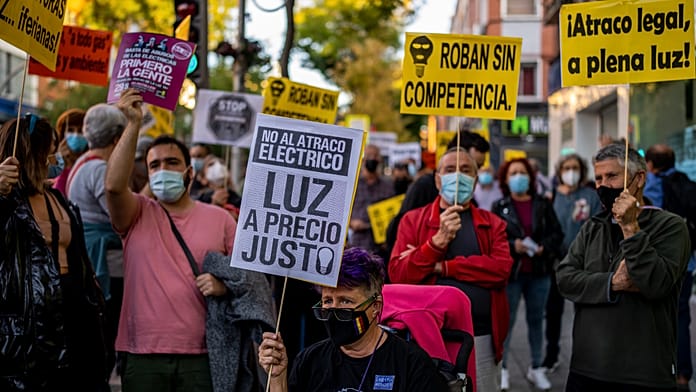A little under four kilometres ( two and a half miles) from the centre of Bologna is the neo-classical Villa Aldrovandi Mazzacorati.
 The Villa Aldrovandi Mazzacorati is on the outskirts of Bologna. ( P. Granville)
The Villa Aldrovandi Mazzacorati is on the outskirts of Bologna. ( P. Granville)The villa was built by Count Annibale Marescoti in 1696, based on an earlier Camoldese monastery building. It acquired its current neoclassical appearance in the late 1700s to designs by Francesco Tadolini under the ownership of the Marquises Mazzacorati.
 The hallway of Villa Mazzacorati. (P. Granville)
The hallway of Villa Mazzacorati. (P. Granville)After passing through various hands, in 1928 it ceased to be a private residence and became a sanitorium for children. Later it was a hospital, and then a registry office. It is now home to a Regional Government outpatient clinic.
Depending on your interests, there are two reasons why you might want to visit the villa. Here you’ll find a beautiful private theatre, built in 1763, and there’s also the “Mario Massaccesi” Historical Museum of Model Soldiers (Museo Storico del Soldatino).
The garden
The villa was originally surrounded by a large park, but today just 3.6 hectares (approximately 9 acres) remain. In front of the house is an Italian style garden with flower beds including a collection of old style roses, hedges, small orange trees and fountains.
 The garden. (P. Granville)
The garden. (P. Granville)Many mature trees, including Himalayan and Atlantic Cedars, Holm Oaks, and Cypresses were studied as part of the ‘Life CLIVUT” (Climate Value of Urban Trees) pilot project. In a 2019 study, a Himalayan Cedar tree in the park was estimated to have absorbed 187 tonnes of CO2 and 114 tonnes of PM10 particulates in its lifetime.
There is also a children’s playground.
Teatro Mazzacorati
The gem of the villa is one of the best preserved private 18th century theatres in Europe. The first performance held here was of Voltaire’s “Alzire” on the 24th September, 1763. The theatre boasts excellent acoustics.
 Teatro Mazzacorati (P. Granville)
Teatro Mazzacorati (P. Granville)The main feature of the interior is the use of plaster statues of sirens, tritons and caryatids that appear to support the balconies, although their function is purely decorative. There are also frescoes of garden and hunting scenes .





The group “ Succede Solo a Bologna” offers various tours in Italian. Some allow visitors to visit places not normally open to the public, such as the Teatro Mazzacorati. They have tours of the theatre, and also organise concerts that often feature local community groups.
If you would like to see the theatre, there may be a concert during your visit. Check the link above to see what’s on. They ask for a voluntary donation to help support their activities and maintenance of the theatre.
The museum of model soldiers
The villa is also home to the Mario Massaccesi National Museum of Toy Soldiers. The museum had its origin in 1973, when members of a Bologna model soldier club with large collections in their homes began getting “o fuori i soldatini o fuori io”, “ either the toy soldiers go or I go” ultimatums from their wives.
 The museum (P. Granville).
The museum (P. Granville). The group, led by Mario Massaccesi, set up a museum in the centre of Bologna, and in 1990 it relocated to Villa Mazzacorati. The collection comprises over 40,000 pieces with around 12,000 on display. The model soldiers are made from paper, lead, tin, plaster, wood paste and plastic, with the earliest examples dating from the early 19th century.


Composite toy soldiers were made on a base of flour or sawdust. The German Lineol company, for example, injected a mixture of wood flour, kaolin and animal glue into a machined brass mold. The model was air dried and heat cured.
 Lineol brand composite soldiers from Germany, 1940. (P. Granville)
Lineol brand composite soldiers from Germany, 1940. (P. Granville)Close up images reveal the depth of detail in the painting of some of the models.



The museum was closed for years after the volunteer who operated it passed away. It’s now open again on Wednesday and Friday afternoons between 3.30 and 5.30, but check the website before going.

Getting there
The villa can be reached on foot by heading out along Via Santo Stefano and continuing down Via Toscana. It’s not a particularly interesting walk, and an alternative is to catch one of the frequent number 13 buses from Piazza Cavour. You can use your credit or debit card to pay on board.
© P. Granville 2025

 7 mesi fa
499
7 mesi fa
499
























